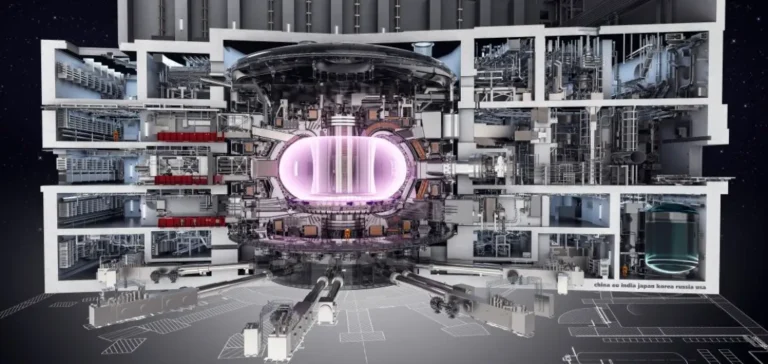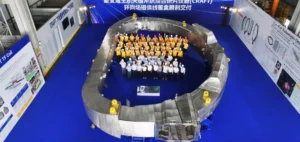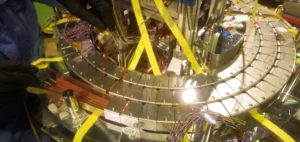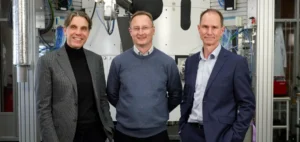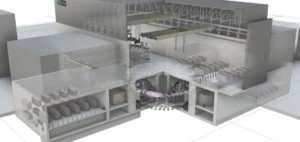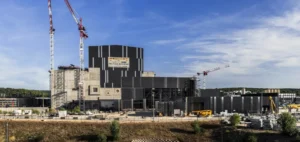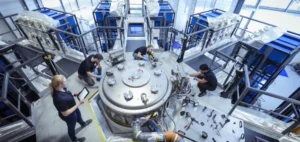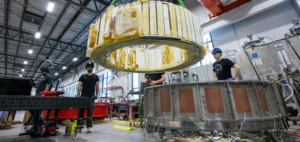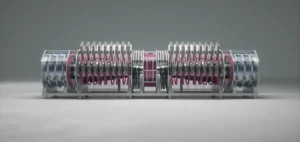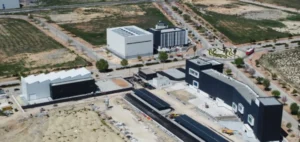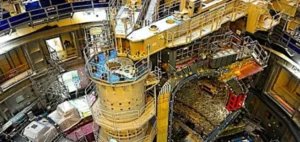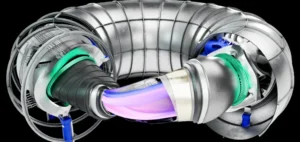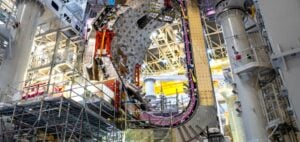The European Commission has launched a call for input to prepare the European Union’s first dedicated strategy on fusion energy. The consultation, open until 1 July 2025, targets industrial players, investors, research centres and startups, who are invited to propose concrete measures for structuring the long-term development of this technology.
Responding to foreign power competition
The European Union retains a leading position in fusion research, particularly through its central role in the international ITER project, as well as the Euratom Research and Training Programme. However, several foreign powers such as the United States, United Kingdom, China and Japan have already published national strategies and are benefiting from strong momentum in private investment.
The upcoming European strategy aims to reinforce this position by laying out a clear roadmap toward a pilot fusion power plant, while structuring a competitive industrial ecosystem at the EU level. It aligns with commitments made under the Clean Industrial Deal and the Affordable Energy Action Plan, as well as recommendations from the Draghi Report on European competitiveness.
Industrial structuring and regulatory levers
Among the proposed measures are the strengthening of public-private partnerships, the creation of new financial instruments to attract private capital, and the development of a harmonised regulatory framework for experimental and industrial facilities. Particular emphasis will also be placed on developing a European supply chain dedicated to fusion.
The strategy will also include a skills development component, with a training plan to anticipate shortages of specialised labour. A unified governance structure at the EU level is planned to coordinate efforts among Member States and industry stakeholders.
Towards an integrated EU energy vision
The call for input, available in all 24 official EU languages, aims to identify the most effective actions to accelerate the commercialisation of fusion energy. The Commission plans to incorporate feedback from the sector and publish the strategy by the end of 2025.
“This process will help mobilise all stakeholders to maintain Europe’s technological edge in fusion,” the European Commission stated in a press release issued on June 10.


